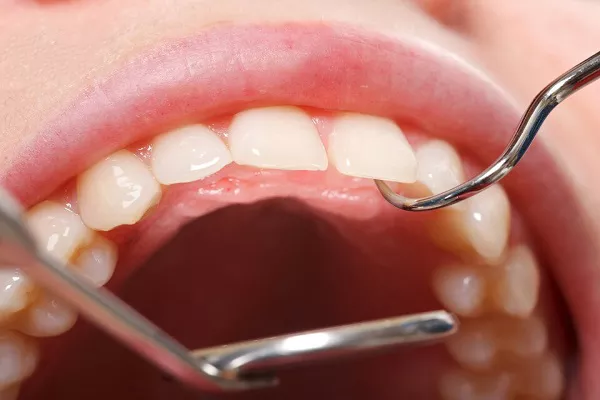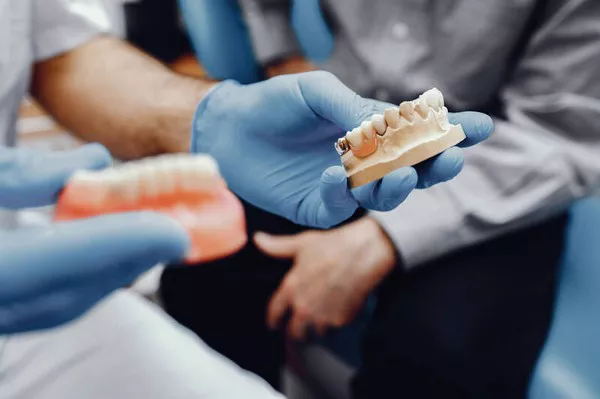Dental fillings are a common dental procedure used to treat cavities and restore damaged teeth. However, there are situations where temporary fillings are necessary to provide short-term relief or as a precursor to a more permanent restoration. In this comprehensive guide, we will explore what dentists use for temporary fillings, when and why they are employed, and the benefits of these temporary solutions.
Understanding Temporary Fillings
Temporary fillings, also known as interim or provisional fillings, serve as a temporary solution to address specific dental issues. These fillings are not intended to be permanent and have different properties compared to traditional dental fillings. Dentists use temporary fillings for various reasons, including:
Emergency Situations: Temporary fillings can provide immediate relief in emergency cases where a permanent filling or restoration cannot be completed right away.
Protection of Tooth Structure: They are employed to protect and seal a tooth until a more extensive dental procedure, such as a root canal or crown placement, can be performed.
Diagnostic Use: Temporary fillings can help diagnose the cause of dental pain or discomfort by sealing off the tooth temporarily.
Interim Solution: In some cases, temporary fillings serve as an interim solution while a patient is waiting for a more permanent restoration, such as a crown, bridge, or implant.
Materials Used for Temporary Fillings
Dentists use various materials for temporary fillings, each with its unique properties and applications. The choice of material depends on the specific situation and the dentist’s judgment. Here are some common materials used for temporary fillings:
Zinc Oxide Eugenol (ZOE):
ZOE is a widely used material for temporary fillings.
It offers good sealing properties and is soothing to the pulp (the inner part of the tooth).
ZOE fillings have a sedative effect and are often used in cases of pulpitis or tooth sensitivity.
However, they may not be as durable as other materials and may need replacement over time.
Temporary Dental Cement:
Temporary dental cements are versatile and used for various temporary dental applications.
They are easy to apply and offer a reasonable level of sealing and protection.
These cements can be customized in terms of color and shade to match the natural tooth.
Glass Ionomer Cement (GIC):
GIC is a versatile dental material often used for temporary fillings.
It provides a good seal and releases fluoride, which can be beneficial for tooth health.
GICs adhere well to tooth structure and are suitable for interim restorations.
Composite Resins:
In some cases, dentists may use composite resins as temporary fillings.
These resins offer better aesthetics and can be color-matched to the natural tooth.
However, they may not be as durable as other materials and are typically used in situations where appearance is essential.
Benefits of Temporary Fillings
Temporary fillings offer several benefits, making them valuable in various dental scenarios:
Immediate Relief: They provide immediate relief from dental pain or discomfort, allowing patients to function comfortably until a permanent solution is implemented.
Protection: Temporary fillings protect the exposed tooth structure from further damage, such as bacterial infection or sensitivity.
Diagnostic Tool: Dentists use temporary fillings to help diagnose the source of dental problems. If a patient’s pain or discomfort subsides after a temporary filling is placed, it can indicate the need for a specific treatment.
Versatility: Temporary fillings are versatile and can be used in a wide range of dental situations, from emergency cases to planned interim restorations.
Preservation of Tooth Structure: By sealing off the tooth temporarily, these fillings help preserve the remaining healthy tooth structure until a permanent restoration can be performed.
Customization: Some temporary filling materials, such as temporary dental cement and composite resins, can be customized to match the color and appearance of the natural tooth.
Conclusion
Temporary fillings are valuable tools in dentistry, providing immediate relief, protection, and diagnostic benefits. Dentists use a variety of materials for temporary fillings, each chosen based on the specific dental situation and patient needs. While temporary fillings are not intended to be permanent solutions, they play a crucial role in preserving oral health and ensuring patient comfort until a more permanent restoration can be performed. If you believe you may need a temporary filling or have questions about your dental treatment options, consult with your dentist, who can recommend the most appropriate solution for your situation.
Related Topics:




























